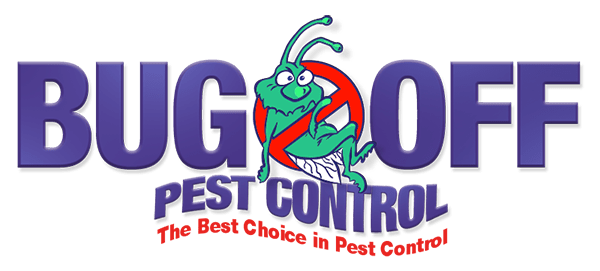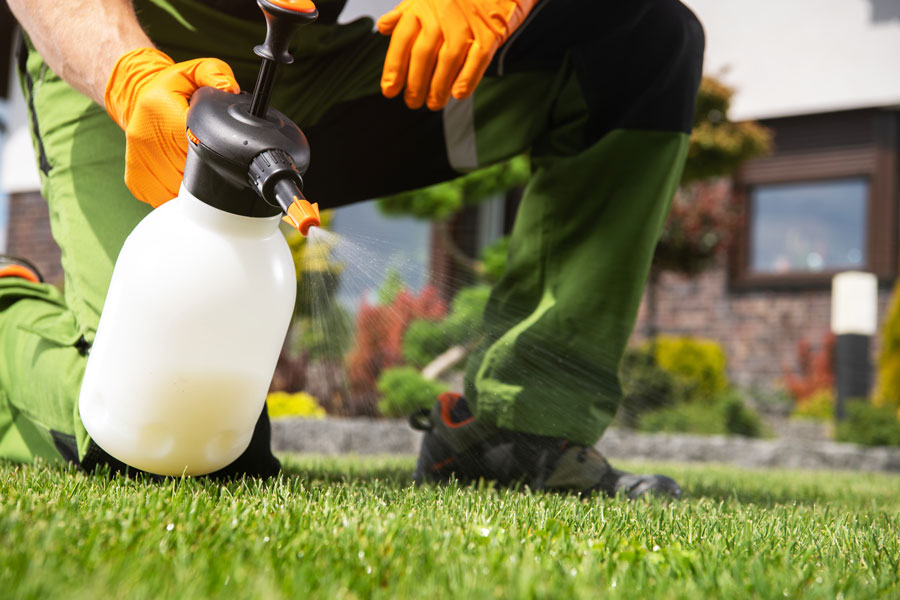Climate change has dramatically impacted many aspects of life on planet Earth, and its effect on pests is no exception. Pest populations and the McAllen TX pest control measures used to contain them have both been affected by recent changes in temperature and climate. Some of the changes that have had a result on pests are increases in invasive species, changes in levels of genetic diversity, reductions in predators, accelerated life cycles, and shifting geographical ranges.
In addition to being affected by climate change directly, pests are also responding to its effects indirectly, as the environment that was once suitable habitat for them may no longer exist. This article will discuss in detail the various ways climate change has impacted pest populations and pest control strategies, as well as ways to combat the effects of climate change on pests.
The Impact of Climate Change on Pest Populations
Temperature and Weather
Temperature and weather, both hot and cold, have direct implications for pest populations and control. Extreme heat and drought, both of which are predicted to increase in frequency and severity due to climate change, can reduce the number of beneficial insects that naturally keep pest populations in check, shift growing areas and give pests more space to spread, and increase the reproduction of pests by giving them a longer breeding season.
Additionally, extreme cold temperatures can disrupt hibernating pests, resulting in a population increase. For example, a study on the fruit pest apple flea weevil concluded that abundance was much higher in years with mild winters than in years with severe winters.
Geographical Range
The geographical range of pests is also influenced by climate change. As temperatures increase and previously inhospitable climates become suitable for pests to thrive in, the geographical range of these pests is expanding. This allows pests to move into new areas, resulting in new infestations and an increased risk of damage.
Invasive Species
The introduction of new species or subspecies to an area can be a result of climate change. Warmer temperatures allow invasive species to survive in areas where they were previously unable to. These species can cause significant damage to crops, spread diseases, and aggravate existing pest populations.
Genetic Diversity
Climate change can also affect the genetic makeup of pest populations. As temperatures increase, variable traits such as fertility, insect resistance, and enhanced adaptation can become more common. This makes pests harder to control and can increase the damage they cause.
Activity Cycles
Temperature changes can also affect the life cycles of pests, as temperature plays a significant role in their egg-laying and molting. For example, some fly species may lay their eggs more frequently or produce more larvae due to a longer summer.
The Impact of Climate Change on Pest Control in McAllen
- Traditional Control Strategies
The effectiveness of traditional pest control methods, such as biological, mechanical, and cultural practices, are all impacted by climate change. Biological control measures such as the introduction of predators can be made less effective if the temperature is too warm or too cold for these predators to survive and if plants become more susceptible to insect damage due to changes in temperature or weather. Mechanical and cultural practices such as burning, plowing, and trapping can also become less effective as pests are relocated to unfamiliar areas or become more resistant to certain pest control measures. - Integrated Pest Management
Integrated Pest Management (IPM) involves understanding the pest and its environment to safely and effectively eliminate it. However, understanding the pest’s habits and the optimal environment becomes more difficult as climates and temperatures change. This can make applying IPM principles, such as using multiple control methods, difficult and can prevent pests from being effectively managed. - Chemical Control
The use of chemical control measures may become more common as pests become more resistant to other control methods. However, the use of chemicals is regarded as a last resort for pest management, as it can negatively impact the environment and cause health problems in humans and animals.
- How to Combat the Effects of Climate Change on Pests
Pest control practices must be adjusted in order to combat the increased pest populations due to climate change successfully. Below are some ways to do this:- Promote Natural Predators
Increasing the abundance of beneficial insects and other natural predators can help reduce pest populations. This can be done by providing suitable habitats for these predators, such as by planting native plants. Additionally, avoiding pesticides and insecticides can help prevent the killing of beneficial predators.
- Promote Natural Predators
- Practice Integrated Pest Management
IPM should be the first step in managing pest populations. This involves monitoring the pest and its environment, identifying the pest, determining its damage potential, and understanding the correct timing and method for control. Implementing IPM correctly can help reduce damage and protect the environment. - Employ Mechanical and Cultural Practices
Mechanical and cultural practices can be used to reduce pest populations in a non-chemical way. Examples of these practices include burning, plowing, and trapping. When used correctly, these methods can be effective in controlling pest populations.
McAllen TX Pest Control
Climate change has had a major impact on pests directly and indirectly. Temperatures, weather, and geographical ranges can all affect pest populations, as can the introduction of invasive species and shifts in genetic diversity. Control measures such as chemical control, mechanical and cultural practices, and Integrated Pest Management may become less effective or more necessary as pest populations continue to increase in response to climate change.

